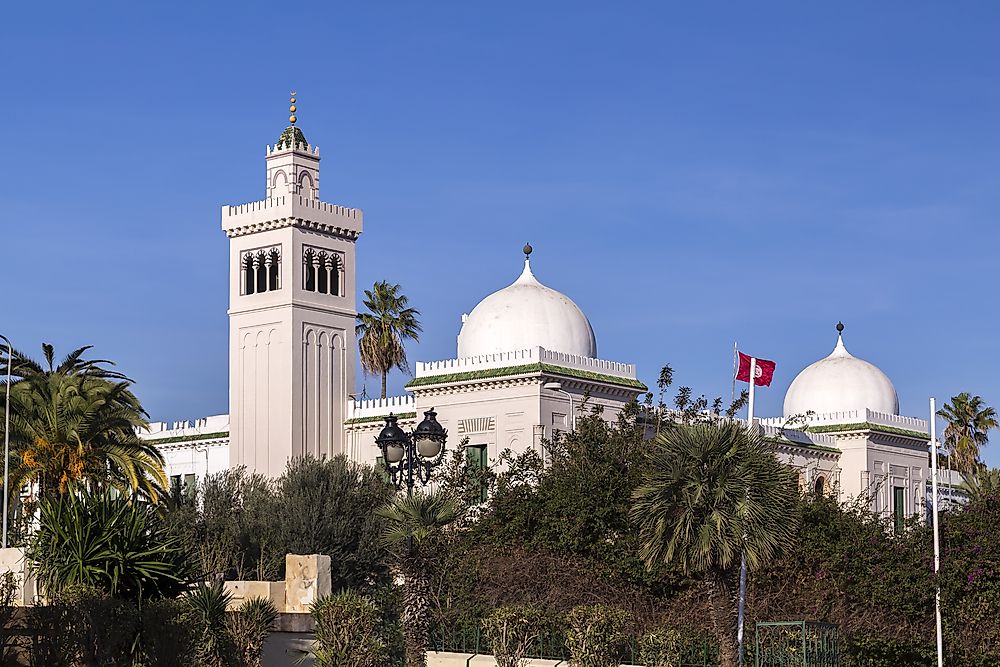What Type Of Government Does Tunisia Have?

The Republic of Tunisia is a North African country with a unitary semi-presidential democratic government. Before the 2011 Jasmine revolution, the political system in Tunisia bordered on dictatorship especially during the reign of President Zine El Abidine Ben Ali. His rule was marred with instances of violations of human rights and freedom as well as oppression of opposition parties. The regime was overthrown in 2011. The existing constitution was overthrown and a new one drafted by the Constituent Assembly. The government of Tunisia maintains diplomatic relations with the US, Europe, and other countries and is a member of regional and international bodies such as the Arab League, the Organization of Islamic Cooperation, and the African Union.
Branches Of The Government Of Tunisia
The Tunisian government has three branches the executive, legislature, and the judiciary. The president, prime minister, and the cabinet make up the Tunisian executive. The president appoints both the prime minister and cabinet members. The president is the head of state while the prime minister is the head of government. The legislative branch consists of a 217-member Assembly of the Representatives of the People, the vice and deputy vice president, and the president. The Assembly of the Representatives of the People replaced the bicameral parliament that existed before the revolution. The assembly has the power to impeach a president by a two-thirds majority. The judiciary is the legal branch of the government that enjoys independence from the executive and legislature. The judiciary follows the French civil law and some aspects of the Muslim Sharia law. The president chairs the judicial council. Judges are appointed by the presidential decree on the advice of the Supreme Judicial Council.
The Constitution Of Tunisia
The Ottomans established the first Tunisian constitution, the Fundamental Pact, in 1857. The second constitution, the Constitution of 1861, replaced the Fundamental Pact and established Tunisia as a constitutional monarchy. After gaining independence from France in 1956, a new constitution was drafted and later adopted in 1959. Amendments to the constitution were made several times in 1988, 1999, 2002, 2003, and 2008. After the jasmine revolution of 2011, a new constitution was drafted. The 2014 constitution established Tunisia as an open and decentralized government with executive power shared between the president and the prime minister. The 2014 constitution allows for press freedom (though controlled), religion and gender equality. The constitution recognizes Islam as the official religion of the state.
Elections In Tunisia
Under the 2014 constitution, both parliamentary and presidential elections take place after every five years. The president is elected through a two-round system and must attain more than 50% of the total votes cast in the first round. In case the 50% mark is not reached, a re-run is conducted between the top two aspirants. For one to be eligible for Tunisian presidency, they have to be Muslim, Tunisian citizens by birth, and older than 35 years. The elected president serves for only one non-renewable five-year term. Parliamentary elections are conducted through a proportional party list system. The system seeks to achieve equal or proportional party representation. A person aspiring to become an assembly member has to be at least 23 years. The first elections after the revolution were held in 2014. Tunisian citizens of 18 and above years have the right to vote.











